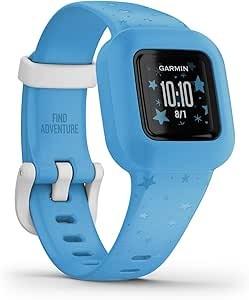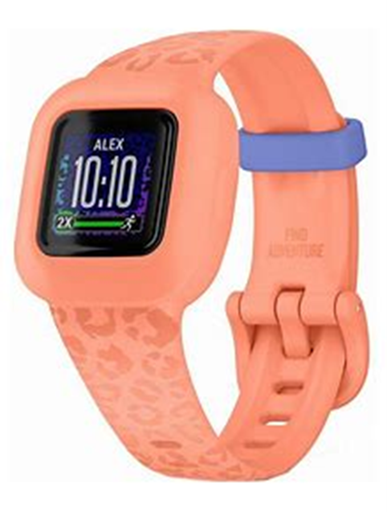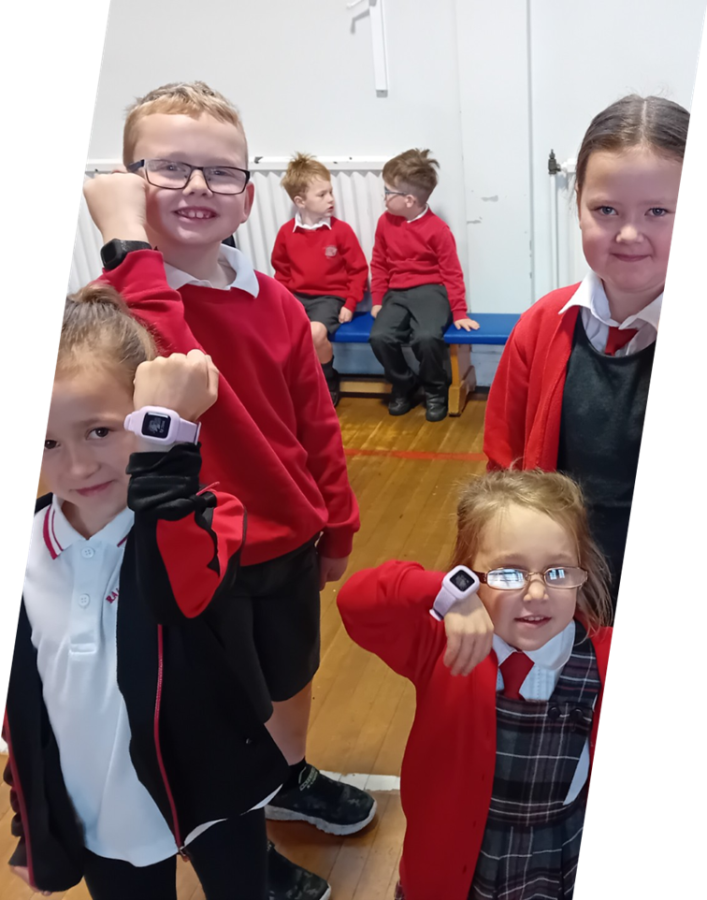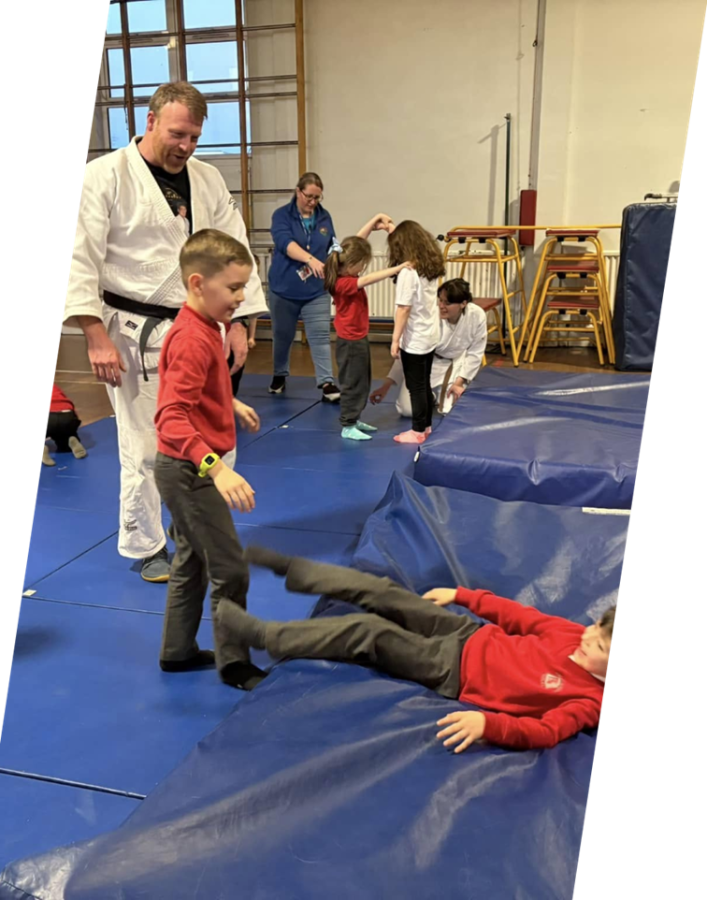Ralston Primary Out of School Care - Glasgow City Region
The Kids Digital Fitness project uses smart fitness trackers to boost physical activity among children, engaging families and using data insights to inform inclusive, health-focused programming at a community level.
Funded by the Department of Science Innovation and Technology (DSIT) as part of the 5GIR programme, Glasgow City Region (GCR) utilised circa £750,000 to develop an innovation scheme, ensuring rapid outcomes within an 8-month period across the 5G Glasgow City Region (GCR) between September 2004 and March 2025. As part of the Smart and Connected Social Places Program, the Ralston Out of School Care innovation project, Kids Digital Fitness, is transforming awareness of fitness levels in primary school aged children and their parents and carers.
Ralston Out of School Care launched the Kids Digital Fitness project to address declining physical activity levels in children using wearable fitness trackers, engaging families and the wider community. The initiative targeted up to 140 children aged 5–12, equipping them with smart activity monitors to record steps and minutes of movement both in and outside the service. Training and support were delivered to parents to encourage usage and reinforce healthy habits at home.
Supported by local partners including Get Active Coaching, OneRen, and Engage Renfrewshire, the project used data collected from the trackers to inform and design new physical activities tailored to children’s interests. Children’s wellbeing was assessed using the SHANARRI indicators and the Leuven Scale, showing improvements in emotional health and engagement. Despite the absence of 5G in the area, the use of high-speed fibre broadband enabled connectivity and data sharing.
The project achieved high levels of participation and provided a replicable model for other services, demonstrating how digital technology, when paired with strong parental engagement, can lead to meaningful improvements in children’s health and wellbeing.
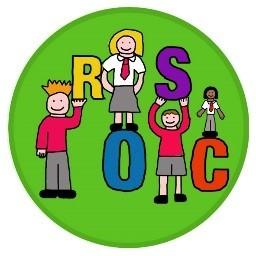
What is the Problem to be solved?
Children’s physical activity levels are in decline, with recent trends showing a clear shift towards more sedentary behaviours such as screen time, gaming, and device use. This reduction in movement and play not only affects children’s physical health but also has wider implications for their mental wellbeing, emotional development, and future lifestyle choices. The Scottish Health Survey (2022) shows only 69% of children meet recommended physical activity levels, and this figure drops to 59% when excluding school-based activities. Boys are generally more active than girls, and activity levels drop significantly as children move into secondary school.
What is the solution to the problem?
The Kids Digital Fitness project combines wearable fitness technology with parental engagement and local partnerships to boost physical activity among children aged 5 to 12. Using Garmin junior devices, the solution enables continuous activity tracking without the need for regular charging, making it ideal for a younger age group. The devices measure step count and minutes of moderate to vigorous physical activity, aligning with NHS and Scottish Government guidelines.
Commercial model (Business Case)
The Kids Digital Fitness project demonstrated a cost-effective model for increasing children’s physical activity through wearable technology and local partnership delivery. The project’s financial model was designed to maximise impact while minimising overhead costs.
Benefits
The Kids Digital Fitness project delivered a wide range of tangible and intangible benefits across health, wellbeing, education, and digital inclusion. These outcomes were achieved through a community-led, data-informed approach to improving children's physical activity levels.
Lessons Learnt
The Kids Digital Fitness project delivered several important lessons about how to design, implement, and sustain a community-based digital health initiative for children and families. These insights can help shape future programmes in similar settings.
If you’re ready to embark on a connectivity project, we can point you to the suppliers with expertise in your sector.

